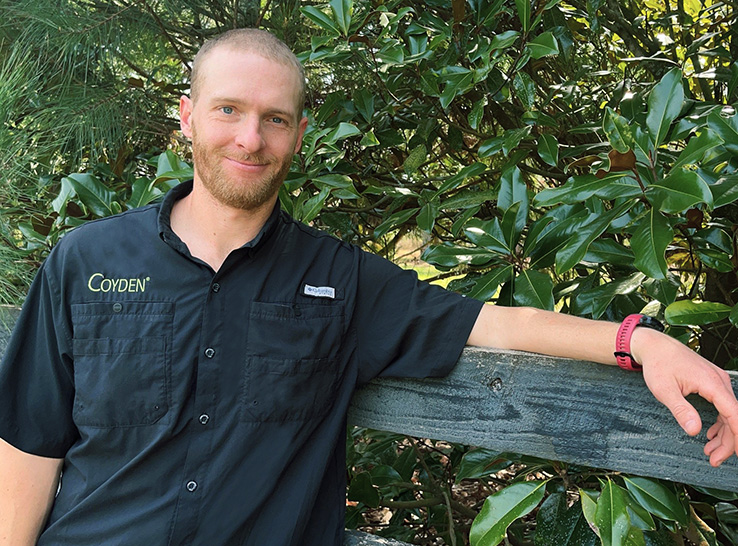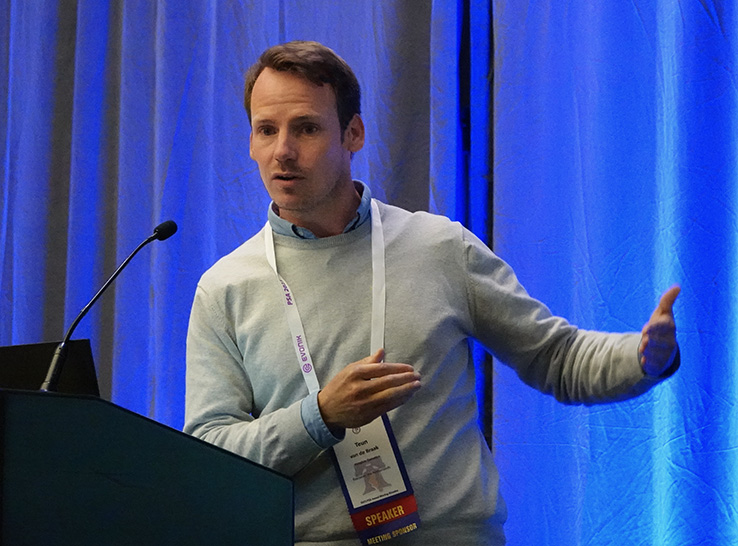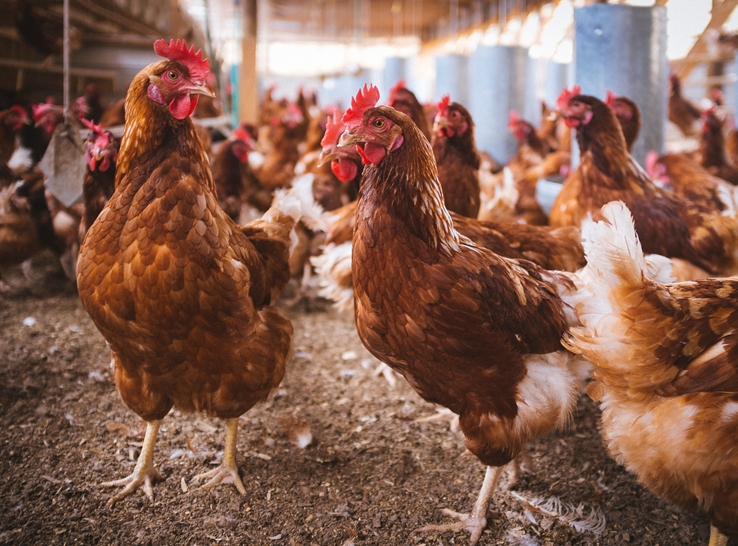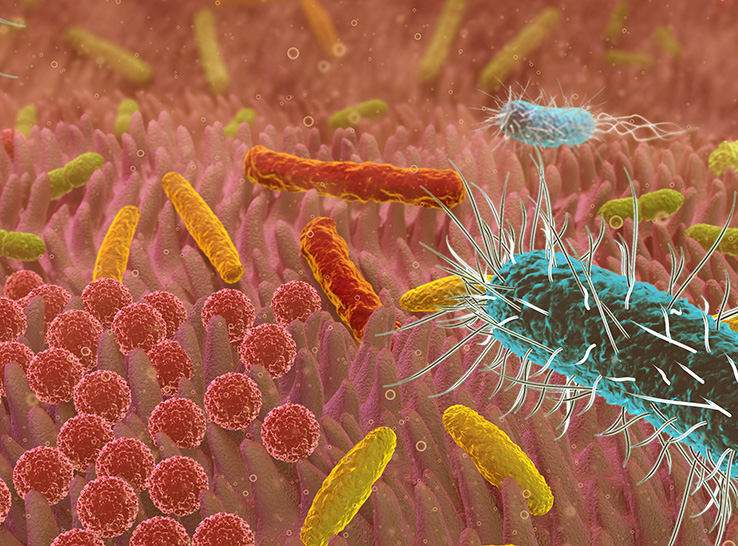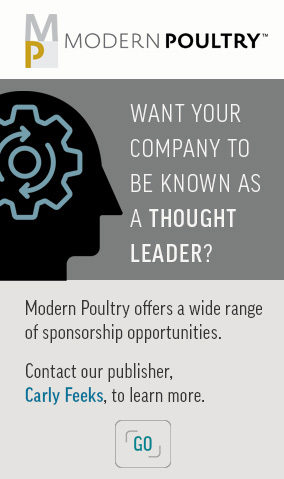The move to cage-free egg production in the US and Europe created a seismic change in hen breeding programs.
Besides traditional performance factors such as feed-conversion ratios, breeders now must consider traits that help hens withstand the rigors of living in large, complex aviary systems with thousands of other birds.
“To be successful in cage-free housing systems, hens must know how to get along with their fellow flock members…and take better care of themselves compared to hens in conventional cage systems,” reported Teun van de Braak, global technical service manager, Hendrix Genetics, The Netherlands.
“This requires a hen that is robust,” he continued. “Hens that can thrive in cage-free housing are considered top athletes, as the egg industry still expects them to produce an egg a day.”
Van de Braak discussed breeding-program changes for cage-free production in a presentation at the 2023 Poultry Science Association conference.
Livability most important trait
A change in breeding programs requires 3 years to make it to the field. “So, it’s important we focus on a balanced breeding approach and not focus on just one trait,” van de Braak said.
Affordable animal protein is the end goal and requires a suite of traits, including some that must still be discovered. But among the traits that are known, livability is the most important.
“Our philosophy is if you can keep your birds longer and longer, that will benefit the entire egg industry,” he explained. “Nobody wants to see a dead chicken. It’s a chicken which people have invested in and you don’t get money out of it. So, livability is key trait No. 1.”
Behavior top cause of death
The next most important trait is behavior, which he said is the leading cause of mortality.
“I’m from Europe and we have a lot of chickens with intact beaks [that can act as weapons],” he continued. “We want to select and identify those animals that kill others.” Cannibalistic families need to be removed from the breeding program.
Proper rearing for young birds also influences behavior. This training should take place in a cage-free system, not in cages.
“The rearing period is absolutely key, especially in laying-hen and in cage-free farming,” van de Braak said. “We only have 16, 17 weeks to prepare hens for the 80-week period afterwards.
“Rearing is seen as a cost,” he added. “But please start to think of it as an investment because the better the rearing, the better the results will be in the production phase as well…I’ve seen an egg a day. It’s there, but not for all the laying hens yet.”
Ironically, hens reared in cages do not perform well in cage-free production systems while hens reared in cage-free systems do perform well in cages, he added.
Select for non-molting
“We set as our philosophy a non-molting laying hen,” van de Braak said. “That’s what we focus on.
“There are different perceptions around molting,” he added. “But overall, we say molting is not, per se, to the benefit of the welfare and health of the laying hen. You can see the big numbers of mortality that go along with it.”
Another trait breeders select for is a flatter egg-weight profile. “We’ve heard a lot about flattening the egg-size curve during the past years,” van de Braak said. “The flatter the curve, the better the quality of the egg.”
A flat curve also is good for the hen. “It’s less pressure on the hen itself…and we need to take care that the hen is capable of longer cycles.”
Breeders also look at feather quality. “The better the feathering, the better the livability. But we need to measure this under field conditions,” he explained.
Research at large aviary systems
While breeders still conduct poultry research in small-group housing, new research facilities including one in Bern, Germany, offer aviary housing systems for testing. Van de Braak has conducted research on cage-free traits in one of these facilities.
The birds in the cage-free environment are equipped with sensors for tracking data needed for research.
“This will be part of the future of laying-hen breeding,” van de Braak said. “It is still very complex. To put a sensor on a dairy cow is so much easier than putting a sensor on a chicken in a large group. And we’re talking about 10,000, 20,000 birds.”
Other new cage-free research facilities in Europe are available as well. Van de Braak is optimistic the poultry industry will be able to provide the best environment in the future for egg production.

